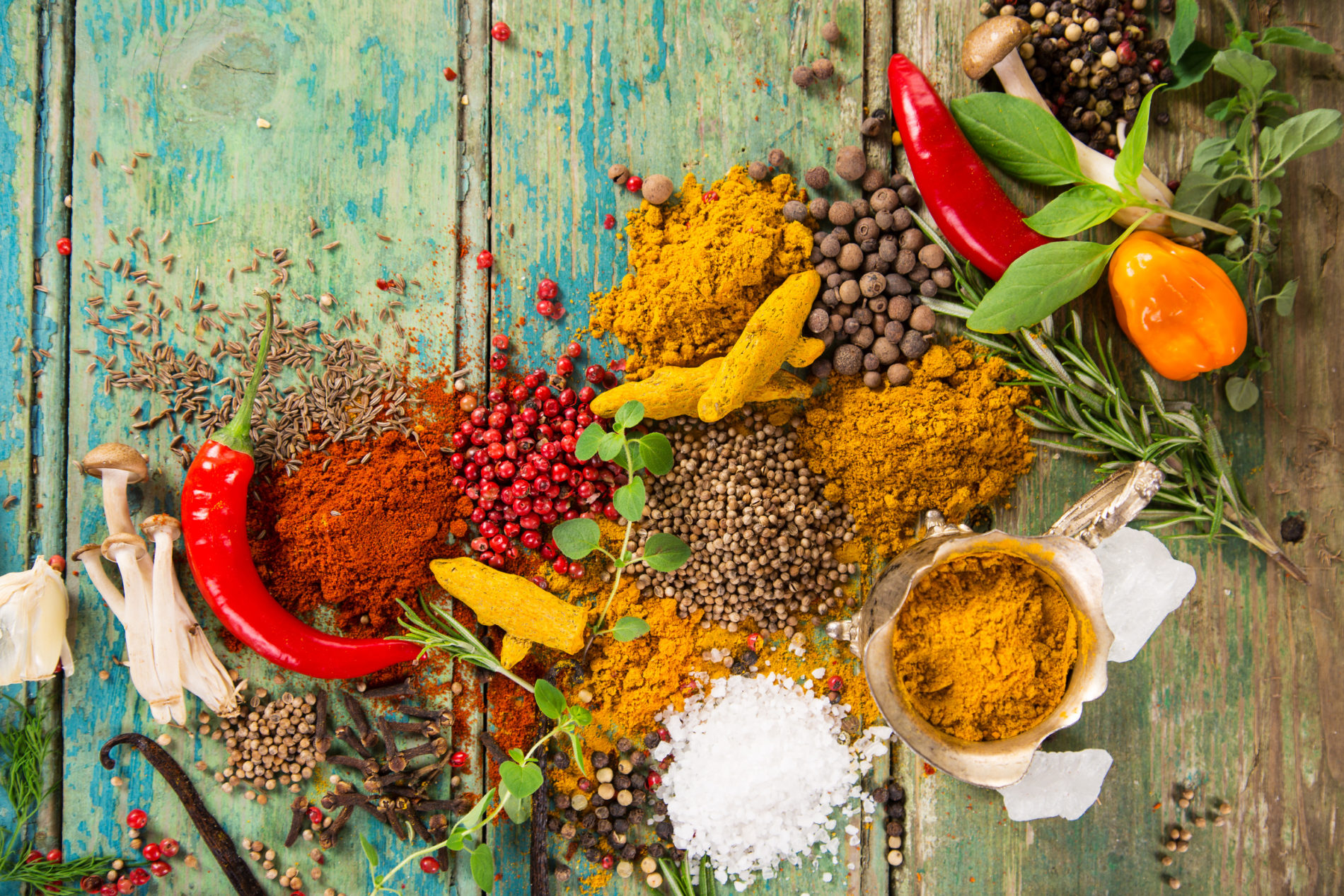India is a universally acknowledged cornucopia of spices. But some may snort at this notion because their knowledge of Indian spices is often limited by an omnipresent turmeric, cumin and curry powder which truly are one of the best representatives of their country, but, surely, not the only.
As for the other interesting things. Cassia bark (Cinnamomum cassia) is a great spice. It’s also known as Chinese cinnamon (yes, it’s not Indian, even for the sake of the article), but it’s a bit different from the ‘true cinnamon’ as, it is called the most expensive and rarer cinnamon (Cinnamomum verum). Indians use cassia in their everyday cooking. Usually it’s ground with other spices, because nobody wants to eat bark. It has a milder flavor, can be used in greater quantities. But nobody will stop you from throwing a couple of whole pieces into the soup or stew if you like. There is even more to that. Cassia can come in other form – as a leaf. It’s often called as an Indian bay leaf, because of its appearances close to that well known European spice, but it’s actually another plant as we know now. Use it everywhere you like: rice dishes, curries, soups.
Amchur is a powder of dried mango. Or many mangoes. Indians love these stone fruits so much they pickle them, eat them fresh (that goes without saying), use them in lassis (very popular traditional yogurt-based drink), cook with them when they are unripe. Basically “am” in amchur is the Hindi for “mango”, and “chur” means “powder”. It’s made from green unripe mangoes that would be sliced and dried in the sun, then pulverized into a powder which then be incorporated anywhere tartness is needed. It’s used as a substitute to puckering lemon/lime juice to achieve the same level of acidity without diluting the dish flavors.
Tamarind like amchur is another great choice when you want to acidify something, like fish or chickpea curry. It’s a tree that bears eponymous edible fruit. Usually it’s sold in a dried form as a block of many pods sewn together. Which are then soaked in warm water and sieved in order to get rid of many fruit seeds. It also comes in a canned concentrated form of a paste. This one is more enjoyable to cook with, but it’s definitely lacking the authentic touch.
Fenugreek is another popular plant that gives cooks two-fold advantage. First, it is ubiquitous seeds commonly used in mango chutneys and pickles preparations, in spice powders and coconut based plates. It’s loved for its tangy aroma, but often fenugreek can impart undesired bitterness to the dish. Seeds can be roasted to avoid such situations – that also enhances the flavor of the spice and gives some pleasant nuttiness to it, but, yet again, don’t go too far, because you can fall into the bitterness again. Second, it is the leaves of the plant that are celebrated for their mild taste, reminiscent of fennel and celery. They are beautifully incorporated into vegetable dishes of all kinds, baked with naan bread and even used as a topping on salads.
Asafetida (also called hing) comes in a powdered form: it’s actually dried latex exuded from the roots of several plant species. This will sound like the worst cliche, but there are two kinds of people: the ones that call asafetida “food of the gods” and the others who call it “devil’s dung”. It’s used as a powerful condiment in vegetarian cuisine because it imparts pleasant oniony, garlicky aroma to potato or cauliflower curry when sauteed in oil or ghee. But others simply hate it for its specific odor that can overpower and suppress nearly everything it touches upon. But what’s everybody agrees upon is that asafetida can be described as a spice with unforgettable aroma. Try to find it and get in touch with real Punjabi and Kashmiri cuisines.











What do you think?